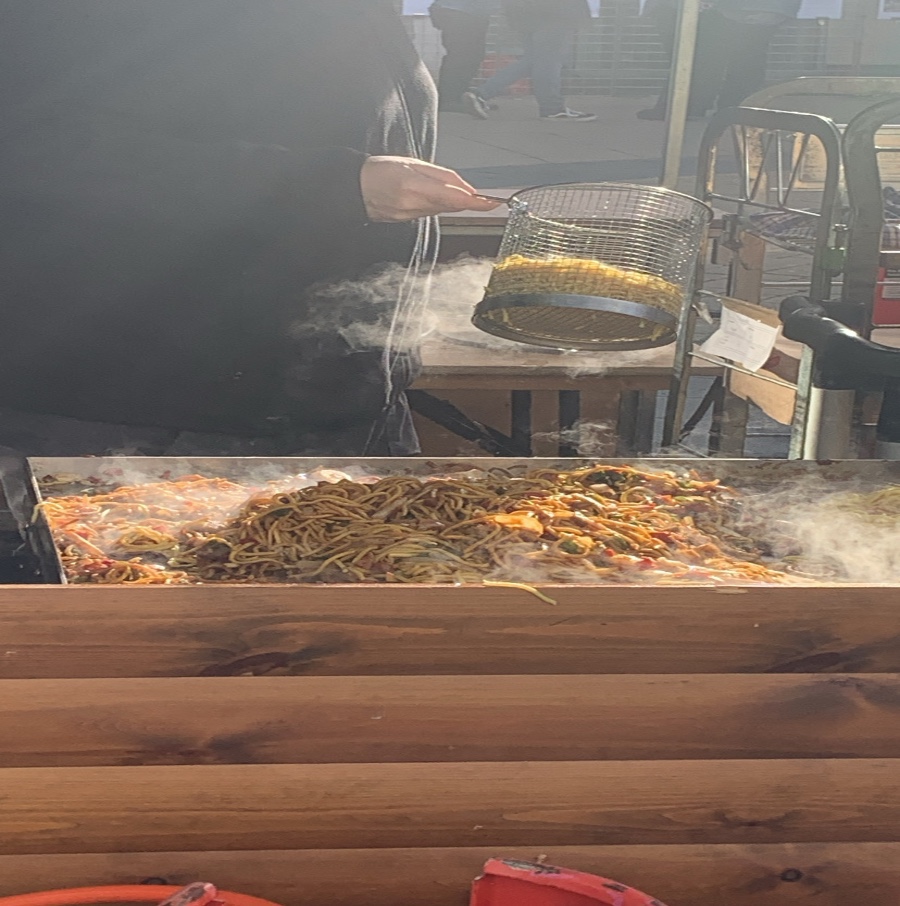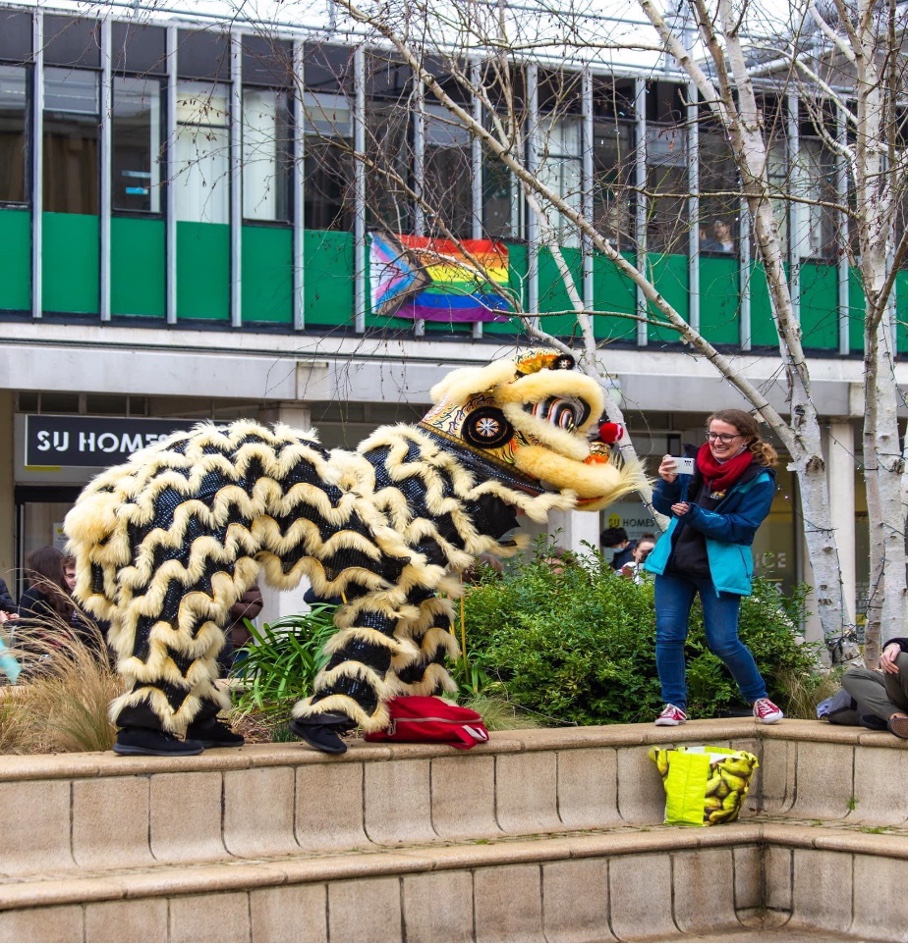Chinese New Year celebrated at the University of Essex
Last week, the Student’s Union from the University of Essex celebrated Lunar New Year, also known as the Chinese New Year, hosting in-person events after almost two years. Rebels Teo Coroiu covered the event with pictures from Joe Holmes
From traditional Asian dances to arts and crafts, the SU managed to bring together not only the Asian community but also all the students on campus.
The Lunar New Year started on Tuesday, 1st of February. A great way of keeping the students connected with the Asian traditions was by giving them free goodie bags and free noodles, one of the most famous and traditional dishes in Asia.
With a whole week of festivities, the SU collaborated with ISA, CSSA, and CCCS to recreate an Asian environment for all students who might feel homesick by being far away from home during the celebrations.

“I’m feeling a bit homesick at this moment. I’ve got on phone calls with my family saying that they missed me there, so being able to attend all these events on campus made me feel much better”, said Ashley, one of the members of the Asian community.
Lunar New Year, also known as Chinese Chunjie, Vietnamese Tet, Korean Solnal, Tibetan Losar, also called Spring Festival, is a festival typically celebrated in China and other Asian countries. It begins with the first new moon of the lunar calendar and ends on the first full moon, 15 days later. The lunar calendar is based on the moon’s cycles, so the holiday dates might vary from year to year, beginning sometime between January 21 and February 20, according to Western calendars.
The year 2022 is represented by the water tiger. The water tiger comes up every 60 years. This zodiac animal is action-oriented and represents strength, bravery, and clearing away evil.
Chloe Low, the Asian Officer, said: “Usually, we celebrate by being with our families and having dinner together as well as giving each other red packets. Usually, our relatives give us red boxes with money inside; it’s like Christmas.
“Our community loved all the events that we put out; we tried our best to be inclusive. Most of the time, we listen to the feedback that our community gives us and try our best to provide what they like.
“Most of the time, people who are not part of the Asian community do join in. I always asked my Asian community to bring outside friends. Anyone, a student at the University of Essex, is welcomed to our events.”
On Wednesday, the squares were animated by the outstanding performance of the Lion. The Lion Dance is a traditional performance meant to bring good fortune and chase away evil spirits. The lion dance is one of the most important traditions of the Chinese New Year.
It is also performed to bring prosperity and good luck for the upcoming year.
“Back in ancient China, the emperor had a dream that demons were attacking him, and he was saved by something like a spirit, so they thought it might be a lion, but they didn’t know what a lion looked like, and it made it to look something like this. Since then, they have been performing this dance dressed as a lion to scare the evil spirits.
“I think the students had a great time; they got engaged with our dance immediately”, said one of the dancers.

Another event that was welcomed warmly by the students was the lunar new year crafts. Held in MOA, the event allowed all students to challenge themselves by creating a range of different traditional Chinese crafts.
The festivities continued Thursday with an Asian Student Mixer in the SU bar, and after that, the party was moved to Sub Zero, where they dedicated the entire night to the famous Asian music known as K-pop.
The week finished with a traditional calligraphy class held in MOA.